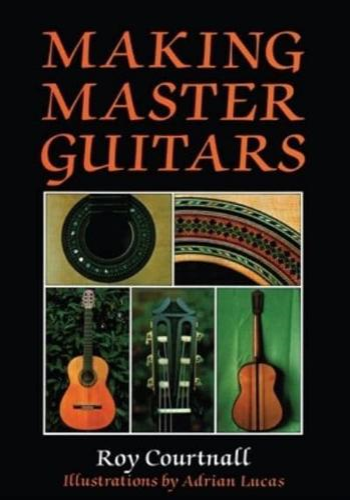Making Master Guitars is a craftsman's handbook about the exciting and challenging pursuit of making classical guitars, a craft that the author reveals to be surprisingly accessible by following his instructions. The book is unique in that it includes nine separate detailed plans of instruments constructed by internationally famous guitar-makers. The author has had the rare opportunity of examining these instruments in detail, and has made many replicas of each one. Superbly illustrated by Adrian Lucas. Part one: The Master Makers and their Guitars is devoted to separate chapters on each famous maker, including Antonio de Torres, Hermann Hauser, Santos Hernandez y Aguado, Ignacio Fleta, Robert Bouchet, Daniel Friederich and Jose Romanillos. The reader will find historical information about the life of and influences on each makers, as well as detailed sets of working drawings for their guitars. Also included are rare photographs of the guitars. Part two: Workshop, Tools and Materials provides essential information about the tools, working environment and material needed by the guitar-maker. Part three: Guitar Construction - The Spanish Method comprises a step-by-step method of guitar construction, illustrated by numerous photographs and drawings. The method of making a guitar is presented with great clarity. So that even the newcomer to this fascinating craft will be able to produce a superb instrument. This book will be essential for the guitar-maker and the historian, providing as it does a unique record of the different methods of guitar design and strutting systems that have evolved since Antonio de Torres first defined the essential characteristics of the modern classical guitar in the 1850s.







